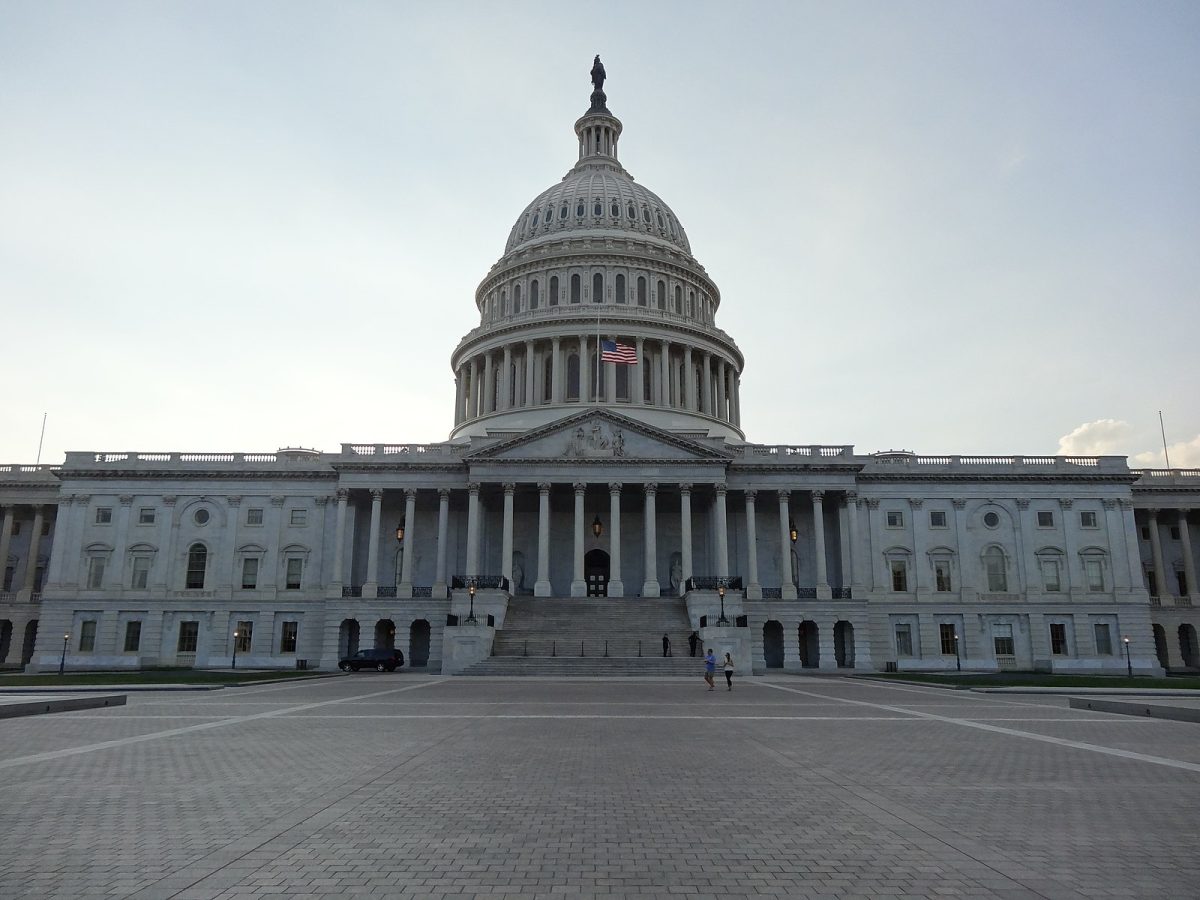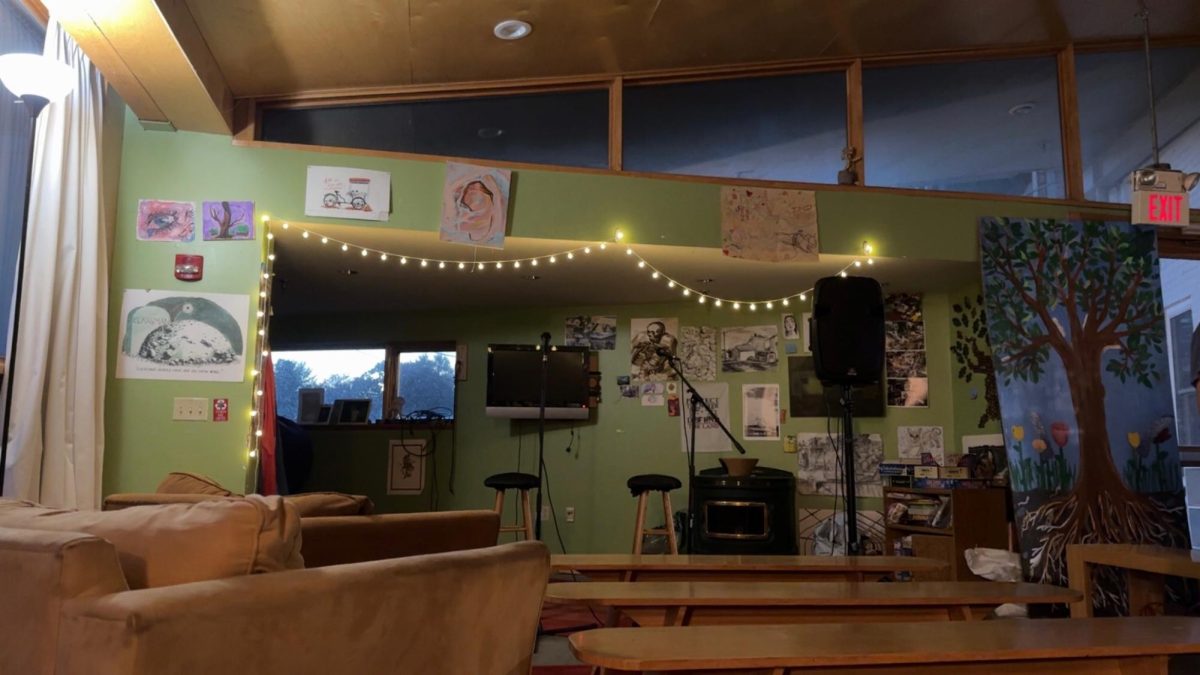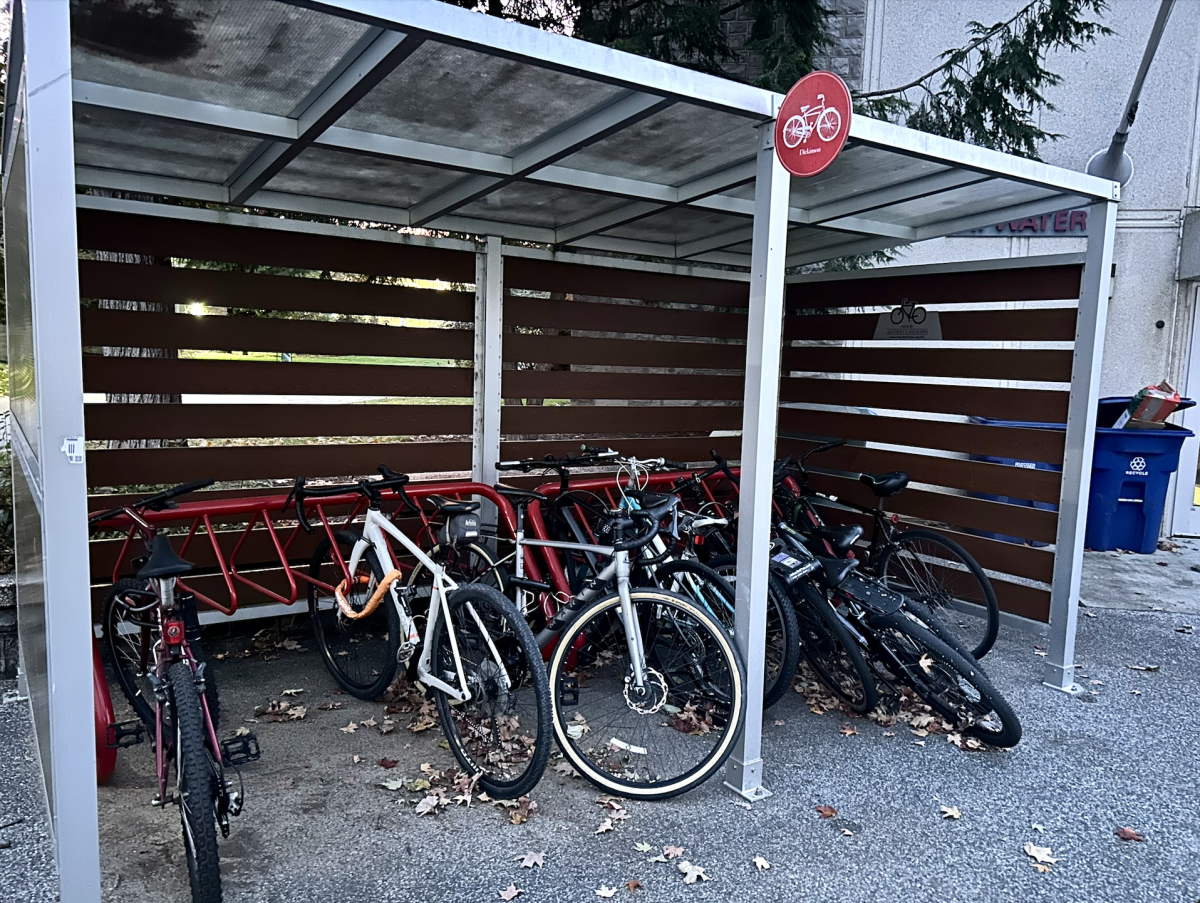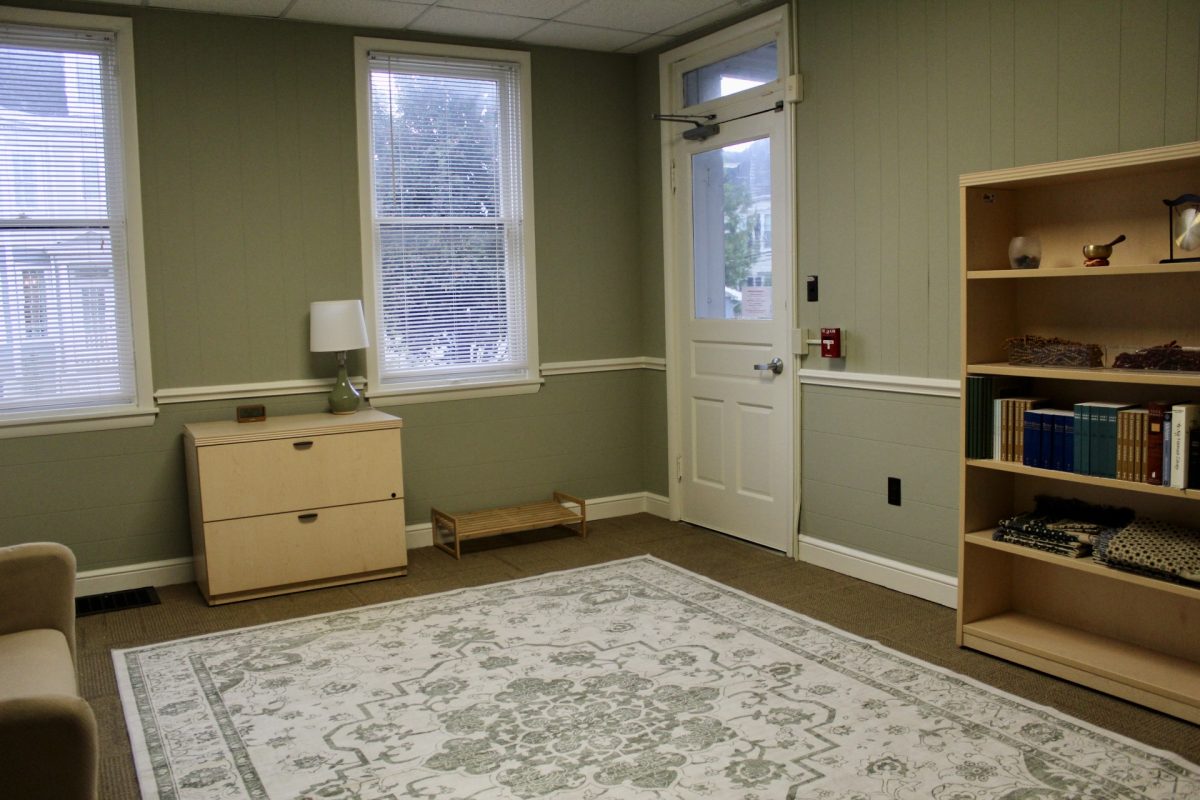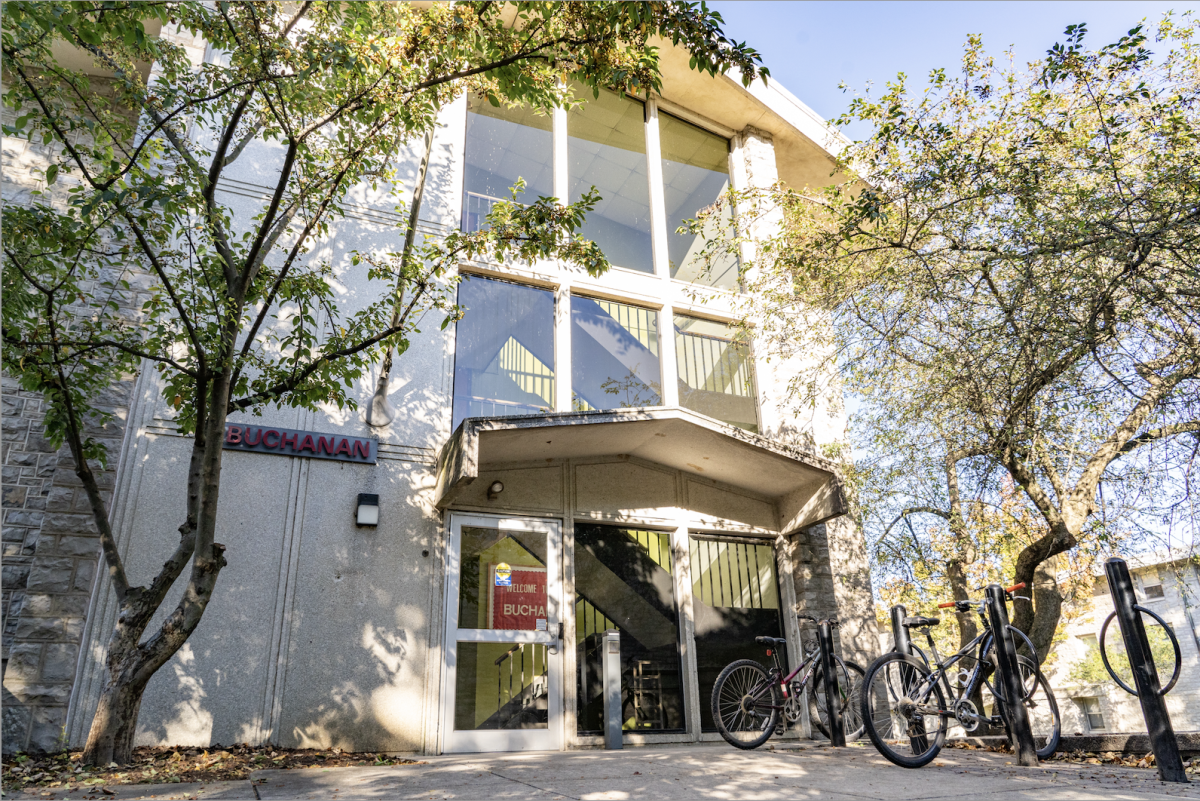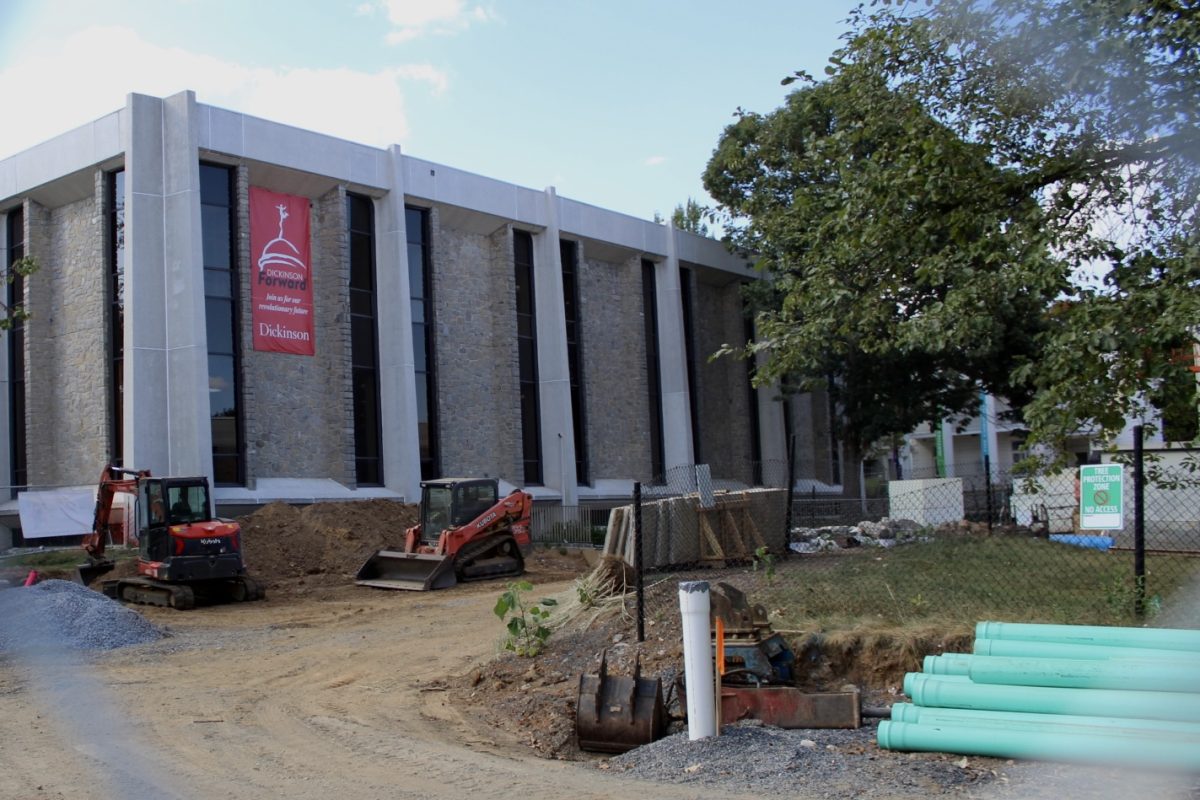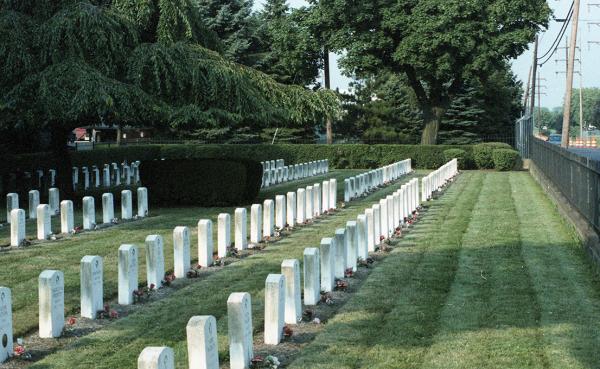With a new term comes new reports of mold. One of the campus apartments, the Factory building on W North Street, has evacuated some of its residents due to reports of mold.
According to the Dickinson Department of Compliance and Risk Management, the mold problem was reported within the Factory apartments in late August after students had moved in for the new term. The mold was brought to the department’s attention when students who lived in the building began submitting work orders which mentioned discoloration and staining in locations around the apartment building. Once discovered, and due to the severity of the case, Risk Management relocated affected students to other spaces on campus, to “allow a specialized cleaning vendor to clean the spaces thoroughly and have an environmental consultant perform a subsequent evaluation to ensure [the rooms] are safe for occupancy.”
Dean of Student Life, George Stroud, said in an interview with The Dickinsonian that “every year, in every [school] I’ve been, there’s been mold.” Stroud followed this by addressing why mold is so prevalent within colleges: “it often happens when buildings have been closed all summer.” Currently, the College’s plan for addressing the mold is on a case-by-case basis, and follows the outline presented in the 2022 Indoor Air Quality Plan.
Attempts to reach out to students living in the affected apartments have been unsuccessful. The combination of moving out of their apartments to allow the college to exterminate the mold and keeping up with their classes has prevented them from having free time to accept interviews.
The main cause of mold, as stated by Risk Management, is moisture and condensation buildup over extended periods of time. The most common signs of mold, according to Risk Management, are “water stains, abnormal discoloration on walls or other building surfaces, [and] a musty or damp smell” especially in combination with “relative humidity levels above 60% for a prolonged period.” To avoid future mold problems, Risk Management advises students to, “avoid setting your air conditioner below 70°F. Clean up liquid spills and splashes. Use your bathroom exhaust fan while taking showers. Avoid opening windows on humid days.”
Dickinson’s Office of Facilities Management recommends the same precautions, but provided additional information, stating that “Several years ago, [Facilities]… installed locks on some AC systems” as to not have them go below acceptable levels. These all counteract the buildup of mold. Additionally, the College is taking a preventative stance against mold, incorporating such measures as ensuring air conditioning units are present in buildings without centralized ventilation, prioritizing budget to add HVAC systems to buildings without it and conducting routine visual inspection of residential spaces.
Furthermore, the College is installing humidity monitors in buildings if needed, which alerts Facilities of abnormally high humidity levels. In recent years, Facilities has also “added outdoor air ventilation systems to several buildings, including [Davidson-Wilson], Goodyear, and Morgan” for further mold protection.
The Department of Compliance and Risk managements reminds students “if you see something, say something!” They encourage students to submit work orders if they notice any of the previously listed signs of mold.
This outbreak of mold follows in a string of previous occurrences, including one which shut down the top floor of the library last year, and multiple instances in Baird-McClintock since August. However, Risk Management states that “the college does not constitute [mold as] a pervasive campus-wide issue,” further stating that, “instances [of mold] are not emblematic of a problem, but rather isolated and being mitigated quickly.”



